"All I'm saying is why don't we just pretend he didn't die? Just for a bit?"
America is energy dominant and an AI powerhouse, and Grain Belt Express will be America’s largest power pipeline. While we are disappointed about the LPO loan guarantee, a privately financed Grain Belt Express transmission superhighway will advance President Trump’s agenda of American energy and technology dominance while delivering billions of dollars in energy cost savings, strengthening grid reliability and resiliency, and creating thousands of American jobs.
There's a reason Grain Belt opted to apply for a DOE taxpayer backed loan under Title XVII of the Energy Policy Act of 2005 (EPAct) (42 U.S. Code [U.S.C.] 16513), as amended. Section 1703 of Title XVII (the Clean Energy Financing Program) that defines eligible projects as those that, “avoid, reduce, or sequester air pollutants or anthropogenic emissions of greenhouse gases [GHGs]; and employ new or significantly improved technologies as compared to commercial technologies in service in the United States at the time the guarantee is issued” (Public Law [P.L.] 109-58, Section 1703(a)). Applying for this loan cost Grain Belt a bundle and it required an Environmental Impact Statement, the cost of which has been said to have made other energy executives have meltdowns in the Secretary of Energy's office. Surely if private financing was available, Grain Belt would have pursued that instead. Except other commercial financing usually requires some proof of enough revenue to repay the loan. Grain Belt's only customer is a collection of Missouri municipalities that might want to purchase up to 225 MW of transmission capacity on Grain Belt, less than 5% of its total available capacity. That isn't going to make the loan payments, especially because Grain Belt gave the municipalities a loss leader price for signing up in order to secure Missouri PSC approval. And on top of that, the Missouri munis want to purchase wind energy from Kansas and have inked a series of contracts to purchase energy from wind farms over the years. I'm pretty sure the munis don't need to import coal or gas from Kansas... they've got enough of that right there in Missouri. The other possibility for Invenergy would be to find itself a sugar daddy Skelly-style. However, it's not just $200M that Invenergy needs, but $11 BILLION. Who's got that kind of money to risk it all on Grain Belt Express? And doesn't GBE's reputation precede it in this circle of influence, where investors lost hundreds of millions on the project already when it was owned by Clean Line? GBE had a reason for applying for the DOE loan and perhaps that was because it thought DOE was going to loan it money it would never be able to repay. Isn't that what happened with Solyndra?
My guess is that Invenergy really hasn't decided what it wants to do with Grain Belt yet, so for now it's going to parade it around like Bernie and pretend it's still viable. It's a project idea whose time has come and gone and it is not adaptable to new energy sources or new purposes. Grain Belt has been trying to find customers for its project since 2010. And they have found none, other than a gullible group of municipalities that thought there was a free lunch somewhere. If Grain Belt Express was needed, or provided any ratepayer savings, or had any useful purpose, then customers would be lined up around the block to purchase capacity. The fact that they are not speaks for itself. Speculative merchant projects do not work unless they have buyers up front.
But Grain Belt continues its charade, pretending it's now a transmission line for gas and coal-fired electricity. Just a day before the DOE cancelled its conditional loan, Grain Belt craftily leaked to Axios that Invenergy was planning to build a gas-fired generation station to provide power to Grain Belt Express and the company is "also in active discussion with a company to bring existing coal-fired generation onto the proposed Grain Belt Express project." Invenergy wants to change how the line is perceived.
Perception is the least of Grain Belt's problems. The real problem with GBE is that is was a project designed for a very specific purpose... to export electricity produced by wind turbines in Kansas to east coast cities. When that purpose is removed, GBE is nothing but an extension cord in the middle of nowhere that isn't plugged into anything. When the proposed wind turbines are gone, GBE's beginning is in a generation desert in southwest Kansas. There's nothing there to connect and therefore GBE isn't needed. Invenergy's ambitions to build a gas plant are not even logical. Is there enough natural gas available near GBE's AC Collector transmission system in Kansas? Where are these existing coal plants? Are they anywhere near the AC Collector system?
Why not build the new gas plant somewhere near load, Invenergy? There is no load to serve in southwestern Kansas. Building a gas plant there serves no purpose... except to try to create a "need" for GBE to move those electrons to load...when the actual gas generation plant could be built near load and avoid the cost of transmitting the energy 825 miles.
Or, how about this? If Invenergy builds new gas plants in southwestern Kansas, how about if new load moves there to use the energy? Again, transmitting the energy 825 miles is completely unnecessary. And what load could Kansas build near new generators in the southwestern part of the state? AI data centers. Data centers have made Loudoun County, Virginia, the wealthiest county in the nation. Why wouldn't Kansas want a little of that tax revenue for themselves, instead of continuing with the Grain Belt Express farce that simply ships power out of state so that other states can build AI data centers and realize the tax revenue? Wake up, Kansas! There are now better ways to monetize your energy potential than Grain Belt Express! President Trump is looking for places that would welcome new data centers that bring their own power generation. Kansas no longer needs Grain Belt Express at all!
But, back to the puzzle of what Invenergy WAS going to build and what it says it WILL build now...
Invenergy has long been planning two enormous new wind farms to generate the energy for Grain Belt Express.
Grain Belt's claims about remaking the project into one that exports coal and gas-fired electricity are about as realistic as Bernie. It's just pretend.
Grain Belt Express was only logical when it was supposed to export wind energy from Kansas. And even then it was too expensive to be financially viable. Now it's just a hot mess of pretend projects that are propping up a dead transmission line and marching it around to commercial and private financing sources pretending it's still alive.
It's time for Kansas and Missouri to re-think their approvals (Illinois doesn't have to because that approval was reversed). GBE is no longer the project they approved and everything has changed. Missouri has already taken the first step to request updated economic studies. Kansas needs to follow suit in the best interest of its people and state (and not in the best interest of a company from Illinois). Unwinding the Grain Belt Express is going to be complicated, but it can be done. It's no longer needed. Any new plans are just an attempt to prop up an unneeded transmission line... and throw good money after bad.
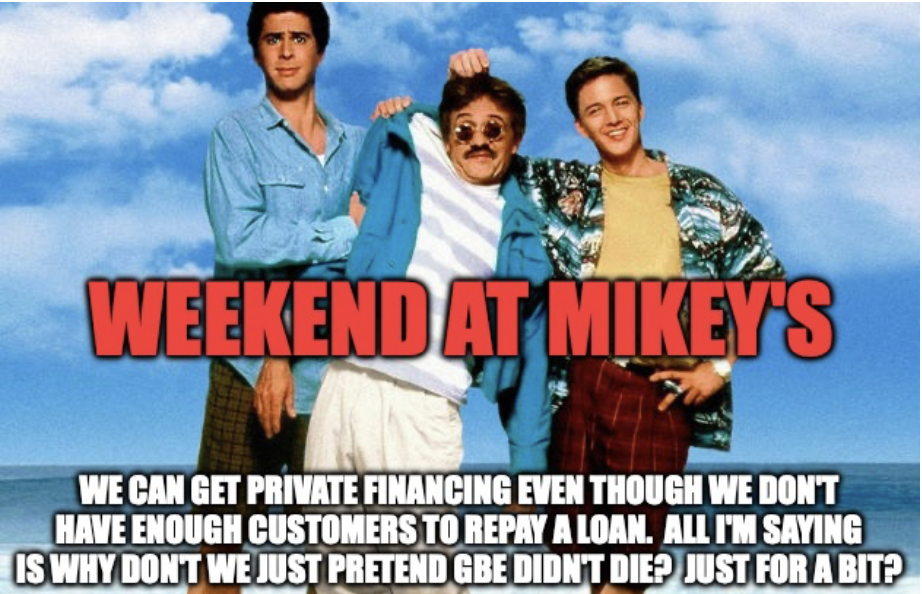

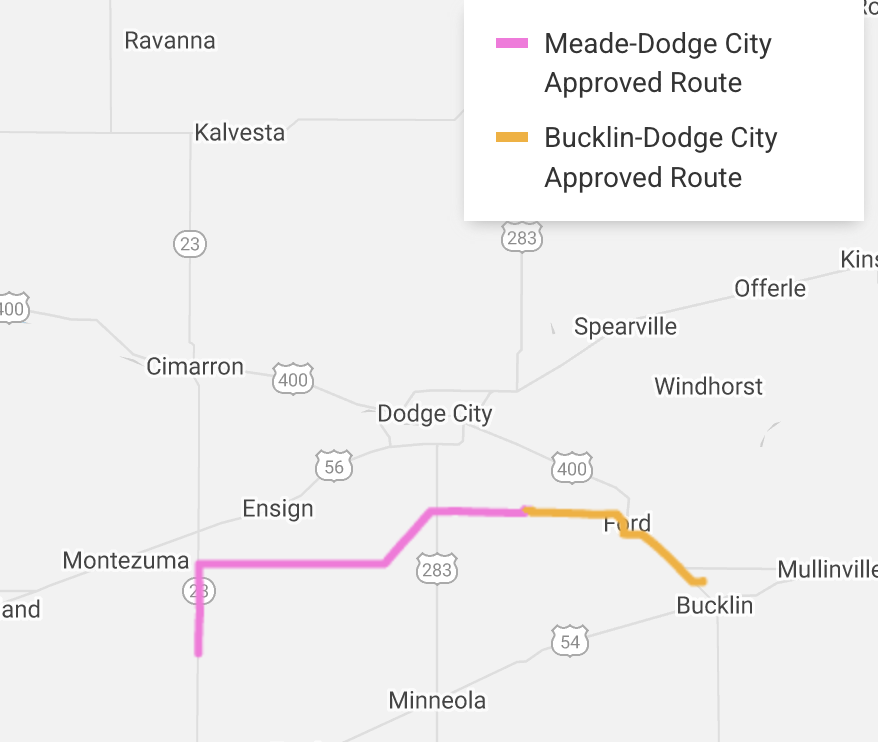
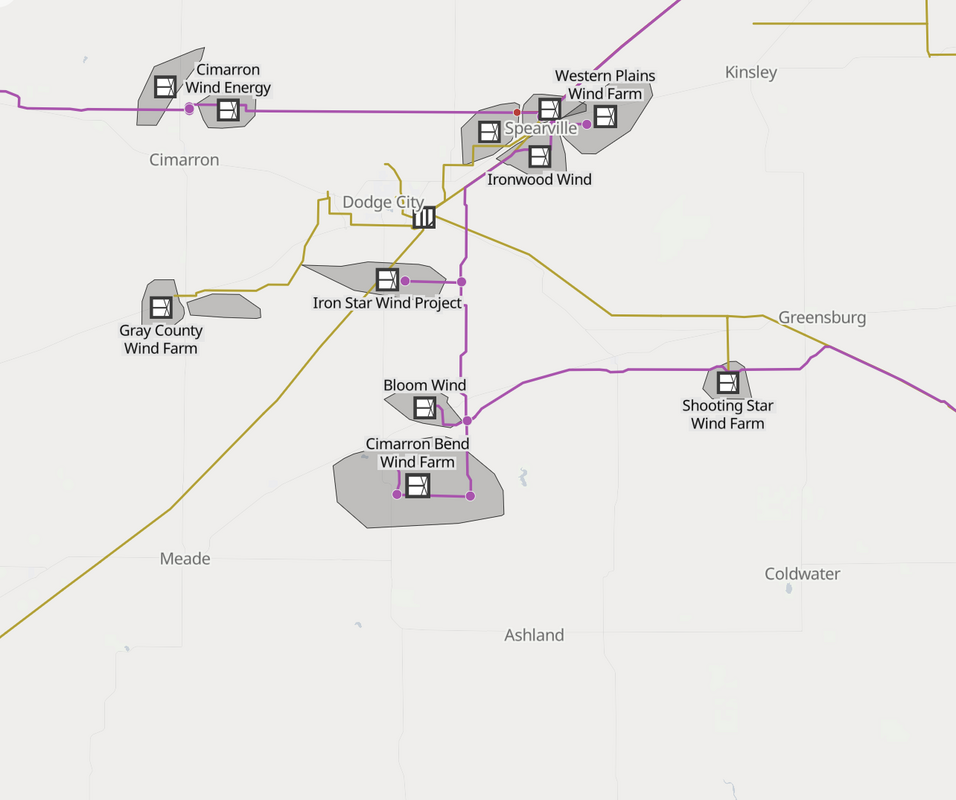


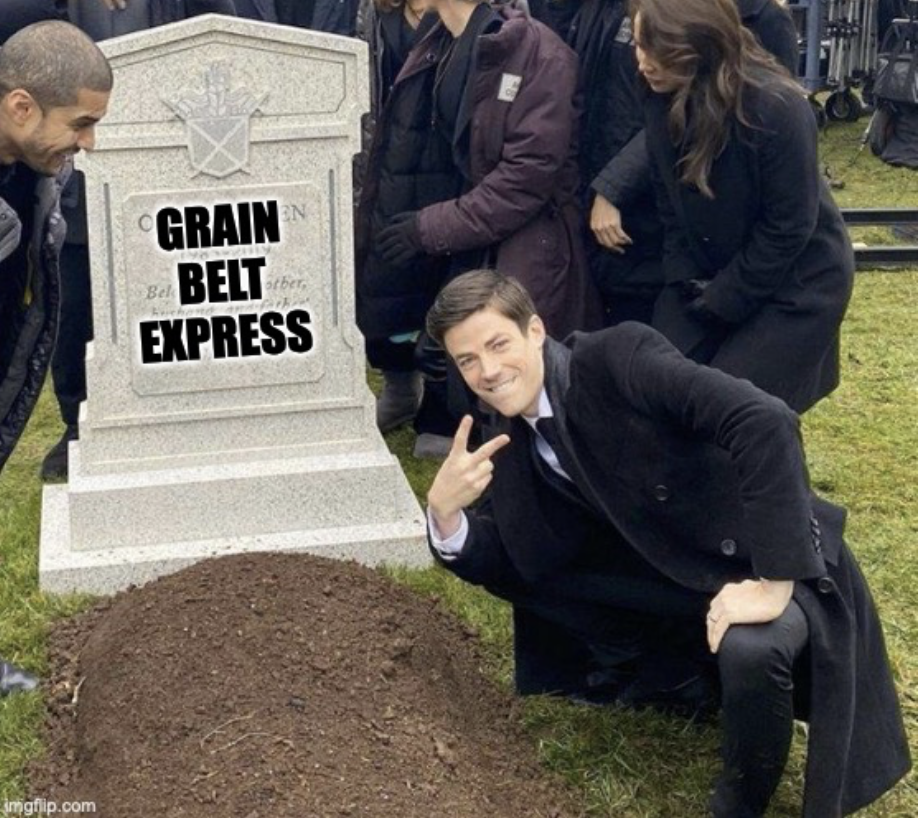
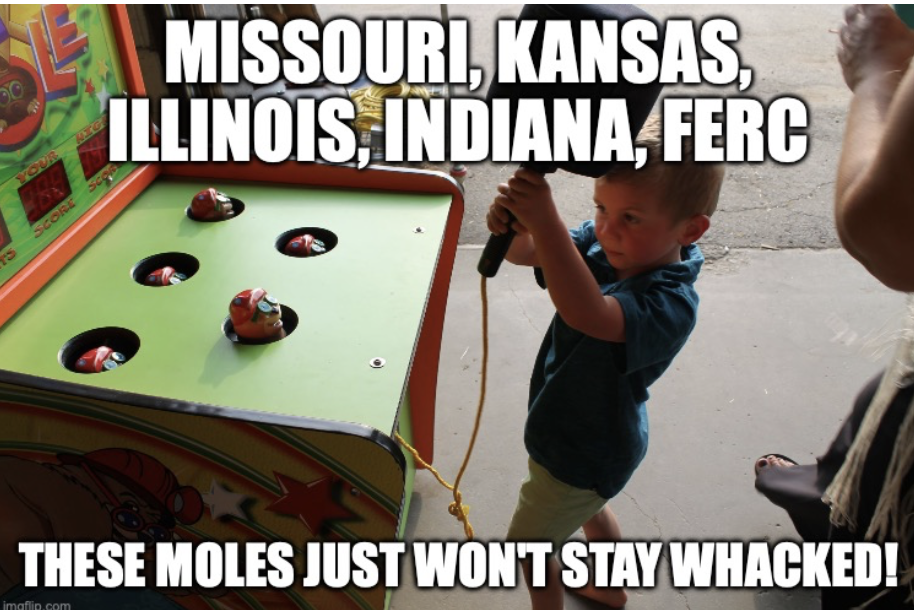
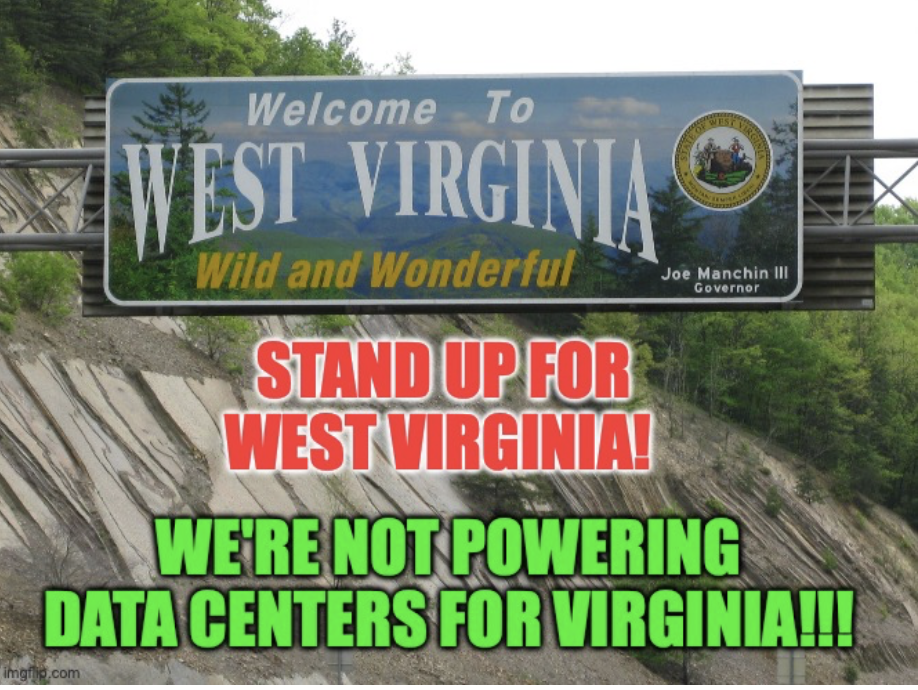
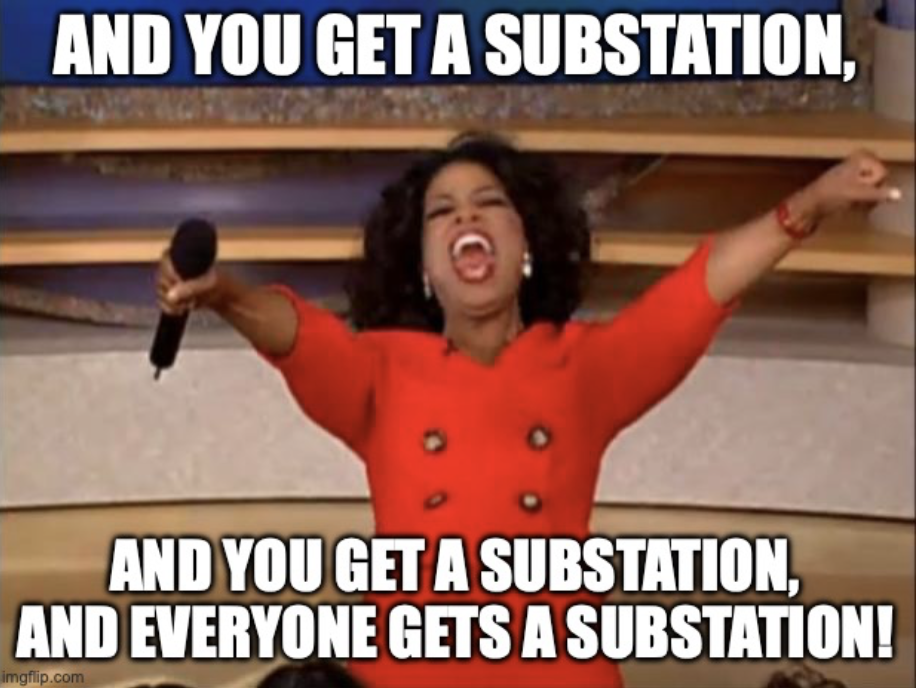
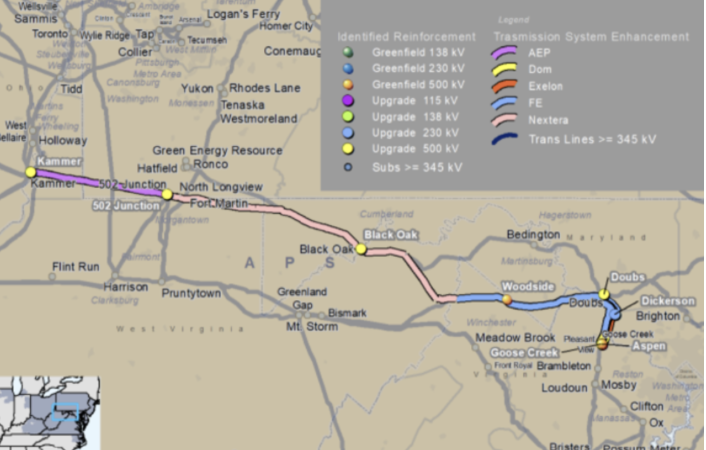
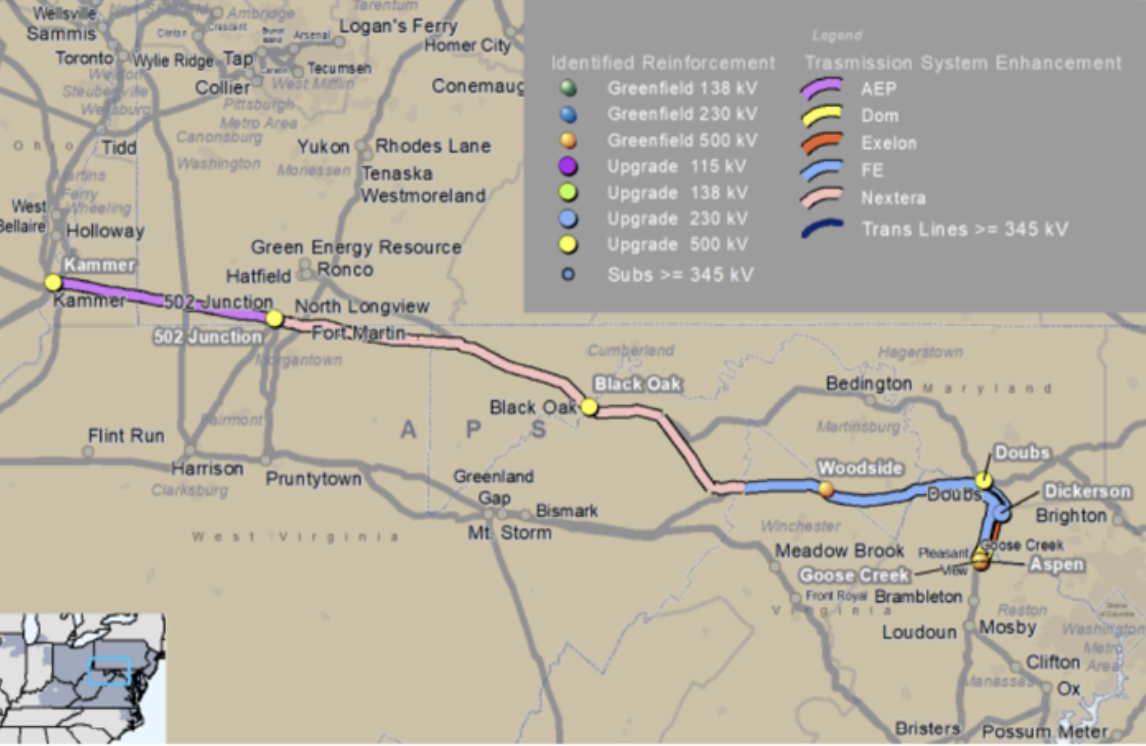

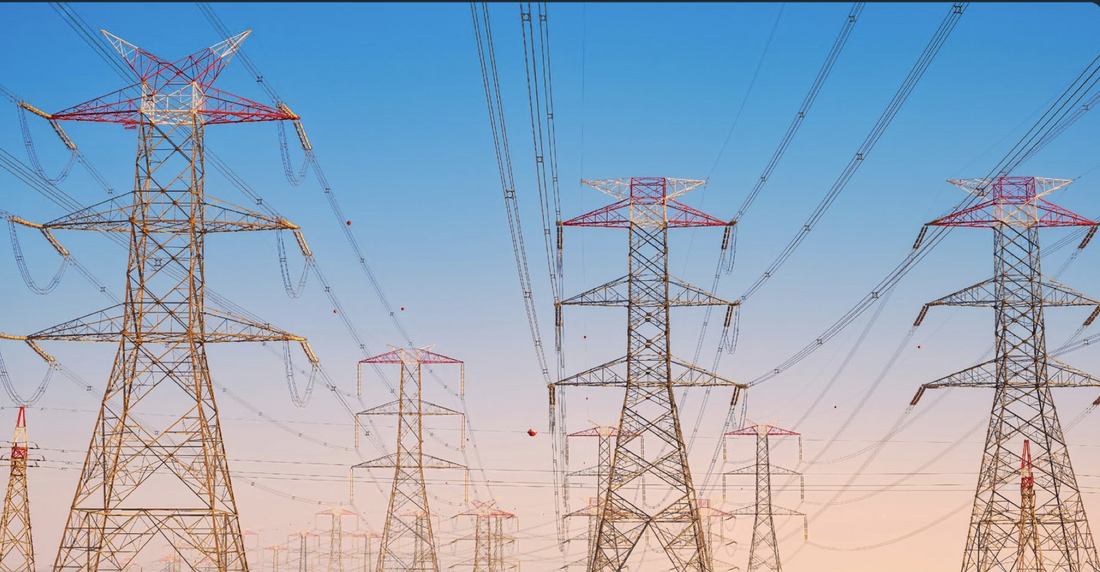
 RSS Feed
RSS Feed